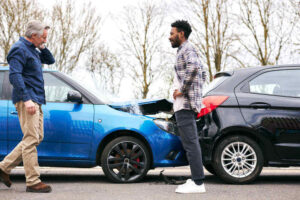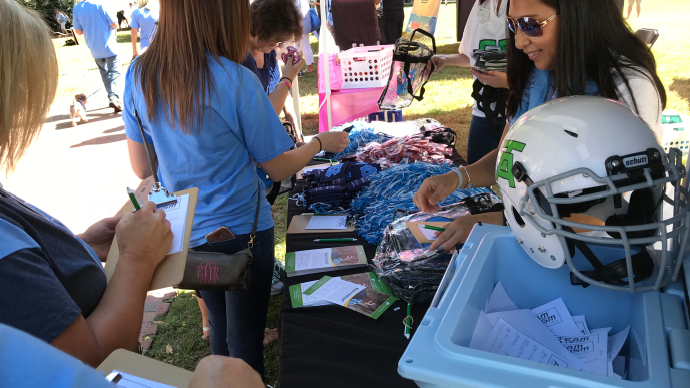
Before you can recover compensation for the injuries you suffered in a car accident, you’ll have to prove that the other driver was responsible for the crash. Establishing fault in car accidents—even rear-end crashes—can be complicated.
If you’ve been hurt in a rear-end collision, the North Carolina car accident lawyers at Hardison & Cochran can help you prepare an injury claim and gather evidence to show the other driver was to blame. Contact us today for a free consultation.
Rear-End Collision Statistics In NC
Here are a few key statistics on rear-end collisions, both in North Carolina and across the country:
- The North Carolina Department of Transportation (NCDOT) reports that, in 2020, the state saw more than 105,000 injuries and over 1,600 deaths due to traffic collisions.
- NCDOT reports there were 3,843 crashes statewide that year involving a driver who was following too closely. One of these crashes proved fatal, and 1,051 led to at least one person being injured.
- The National Highway Traffic Safety Administration (NHTSA) reports that rear-end collisions accounted for about 27.8 percent of all crashes nationwide in 2020. When the NHTSA looked at fatal crashes, they found that rear-end collisions accounted for 6.8 percent of all fatal accidents in 2020.
Why Do Rear-End Collisions Occur?
Most rear-end collisions are caused by:
- Following too closely — Drivers who follow another vehicle too closely have less time and room to brake and avoid hitting the lead vehicle if it has to slow down or stop suddenly.
- Distracted driving — Drivers who are distracted by talking on the phone, texting, eating, or adjusting in-vehicle controls may fail to notice changes in traffic such as a car stopping ahead, making a rear-end collision more likely.
- Driver fatigue — Drivers who haven’t gotten enough sleep have slowed reaction times, dulled reflexes, and a higher chance of nodding off behind the wheel.
- Impaired driving — Drivers impaired by drugs or alcohol have impaired judgment and may not recognize cars that are stopped ahead and hit the stopped vehicle.
Common Injuries In Rear-End Collisions
These are some of the most common rear-end collision injuries:
- Broken bones
- Damage to soft tissues, such as muscles, ligaments, and tendons
- Internal bleeding
- Internal organ damage
- Neck injuries, including whiplash
- Back injuries, including spinal cord damage
- Traumatic brain injuries
- Psychological distress
Who’s At Fault in a Rear-End Collision?
In general, drivers are expected to leave enough space between their vehicle and the vehicle ahead to stop safely. This means that, in most cases, the driver in the rear bears the responsibility for a rear-end collision for following too closely.
However, if the driver in front acts recklessly or dangerously, then the driver in the rear may not be liable for a rear-end accident.
Some cases where other parties can be held liable for a rear-end crash include:
- Multi-car collisions where one vehicle is pushed into the rear of another vehicle
- Collisions caused by a driver accelerating backward into a car behind them
- Collisions caused in part by no brake lights on the lead vehicle
- Collisions caused by a defective part in the lead vehicle
Our attorneys can review the specific facts of your rear-end accident and discuss whether you have a valid personal injury claim. If you have been injured in a rear-end collision in North Carolina and need help seeking compensation, contact Hardison & Cochran today for a free initial consultation.



